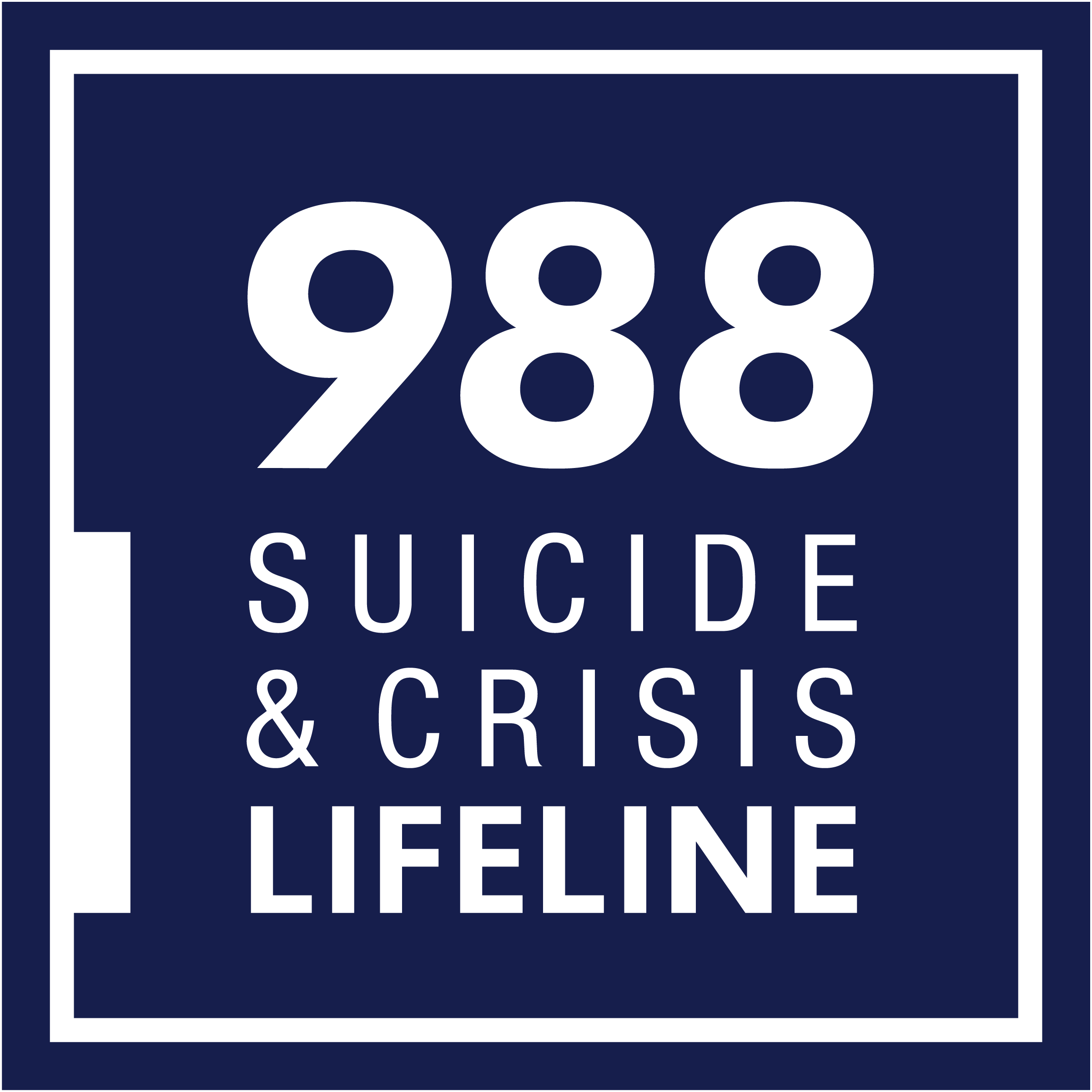The Power of School-Behavioral Health Partnerships

Author: Pamela Black
In many ways, COVID-19 has forced us to adjust our approach to how we live our lives, go to work and teach our children. While its essential that all students with behavioral health needs receive high-quality care and education, it can get complicated within the scope of an enduring pandemic. Partnerships between schools and behavioral health systems can help.
According to the 2016 National Survey of Children’s Health, 1 in 6 U.S. youth – aged 6-17 –experience a mental health disorder each year, and an average of 40.9% of those children did not receive treatment from a mental health professional. Given this high prevalence and the impact that poor mental health has on learning, schools and behavioral health organizations are increasingly seeking to build partnerships with each other.
Before COVID-19, most children could be found in their community’s schools, spending up to six hours a day learning. As such, schools are well-positioned to implement these partnerships. What’s more, teachers, counselors, social workers, special education staff and administrators who work with the students and know them are readily available in the school setting. Bringing in behavioral health is a wise use of everyone’s time and resources.
But what do these partnerships look like? Typically, they involve behavioral health clinicians coming into a school – or nowadays, hosting virtual sessions – to provide therapy to students with specific diagnoses. The results: Attendance at appointments increases and students spend less time trying to access needed services.
An example of this type of partnership can be found in the Kenosha Unified School District in Kenosha, Wisconsin. Administrators expanded the role of behavioral health care into the classrooms by providing real-time guidance and feedback to teachers as they worked with students. As partnerships like this have developed across the country, some have looked to expand their collaboration beyond meeting the needs of specific students.
The National Association of School Psychologists (2016) argues for a broader partnership, including universal prevention. Behavioral health is linked to social and emotional health, which serve as the foundation for healthy student connectedness, positive classroom behavior and increased academic achievement. Whether online or in-person, all students benefit when school and community staff teaching social, emotional and behavioral health skills.
Programs that establish student social, emotional and behavioral wellness as a norm are a key component of safe schools. When students know they can access support for their concerns or disturbing thoughts, feelings and experiences, they feel empowered to also report their safety concerns. Asked about the role of community behavioral health in school settings, Jessica Davies, director of social and emotional learning for Montgomery County Educational Service Center in Ohio, replied:
“If I had a magic wand, behavioral health staff would not just be working with the more needy students, but they would work with us to make the school universally safe.”
Last, but not least, teachers and staff who can access expertise in this area are more able to take on the difficult task of teaching all students in more universal settings, regardless of their needs. Support for staff is critical as more students show symptoms of more significant needs that require staff to be savvy about more specialized approaches and skills.
Behavioral health expertise is critical to everyone who learns and instructs in schools – from pre-kindergarten through high school, digitally or in-person. A partnership that most effectively addresses all of these needs and concerns is best implemented through a school’s multi-tiered system of supports framework. This diagram lays out the continuum of school mental health services, making clear the role of all adults in the work of teaching students.
In this age where youth are plagued with anxiety, concerned about bullying and experiencing more significant social, emotional and behavioral health concerns – and in consideration of the obstacles introduced by COVID-19 – we encourage schools and communities to reach out to each other, build partnerships to address significant needs, leverage technology to meet youth where they are, and proactively work to keep students healthy and learning.
Original Source: https://www.thenationalcouncil.org/BH365/2020/08/19/the-power-of-school-behavioral-health-partnerships/



